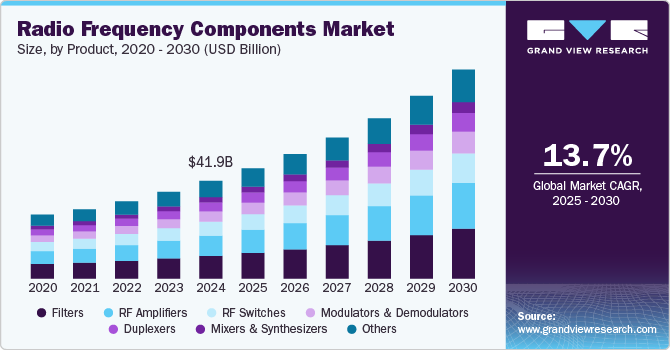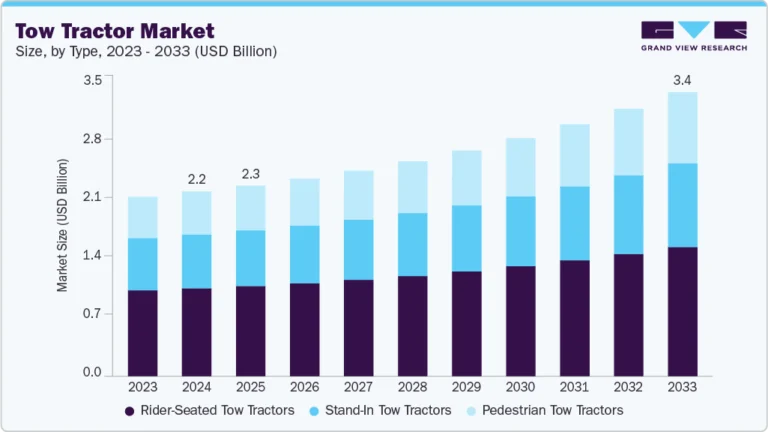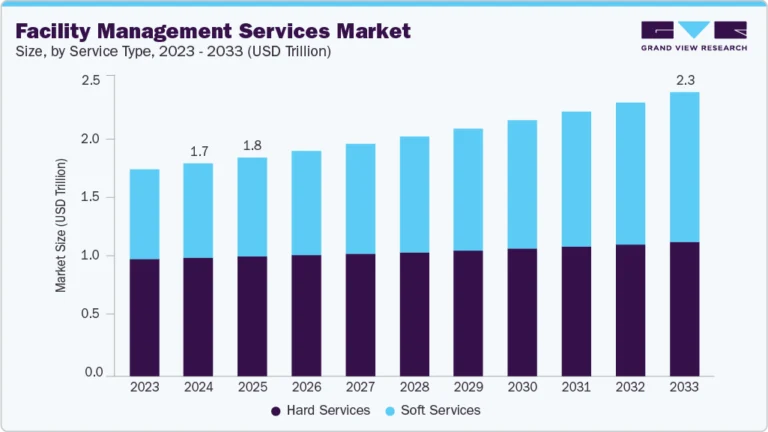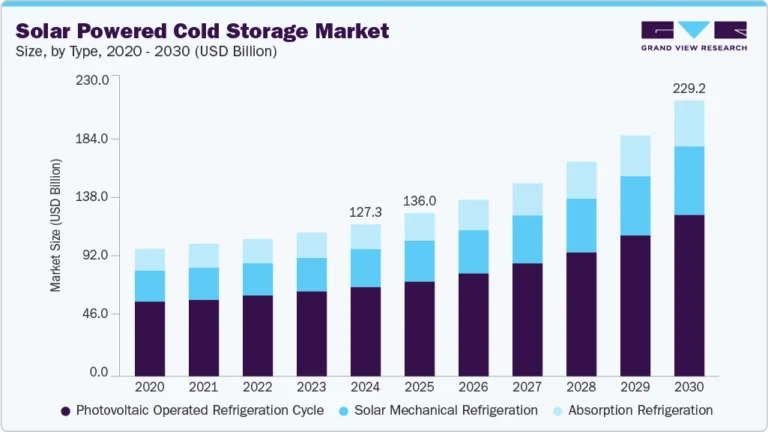Radio Frequency Components Market Size, Share & Trends Analysis growing at a CAGR of 13.5% from 2025 to 2030

The Global Radio Frequency Components market size was estimated at USD 41,934.4 Million in 2024 and is projected to reach USD 89,729.7 Million by 2030, growing at a CAGR of 13.5% from 2025 to 2030.Continuous innovations and advancements in mobile handset technology owing to the continuing transition from 2G, and 3G to 4G/LTE, LTE-Advanced, LTE-Advanced Pro, and 5G lead to the rising need for maximizing power efficiency and spectrum range of mobile devices.
Key Market Trends & Insights
- In terms of region, Asia Pacific was the largest revenue generating market in 2024.
- Country-wise, India is expected to register the highest CAGR from 2025 to 2030.
- In terms of segment, filters accounted for a revenue of USD 9,757.7 million in 2024.
- RF Amplifiers is the most lucrative product segment registering the fastest growth during the forecast period.
Market Size & Forecast
- 2024 Market Size: USD 41,934.4 Million
- 2030 Projected Market Size: USD 89,729.7 Million
- CAGR (2025-2030): 13.5%
- Asia Pacific: Largest market in 2024
Request a free sample copy or view report summary: https://www.grandviewresearch.com/industry-analysis/radio-frequency-rf-components-market/request/rs1
This, in turn, is expected to spur the demand for radio frequency (RF) components during the forecast period. According to The World Bank Group, as of 2023, one-third of the global population still does not have access to the internet. With growing internet penetration, the RF components market is expected to grow significantly over the forecast period.
In July 2024, Smiths Interconnect launched a “Mini-Lock Connector” for mission-critical applications requiring reliable high-frequency connectivity. This connector operates up to 110 GHz, enabling faster speeds and reduced downtime. Its robust locking mechanism ensures a stable connection even under extreme vibration and shock, making it suitable for satellites, space flights, radars, unmanned vehicles, and military applications. Designed for harsh environments, it functions in temperatures from -65°C to +165°C. The compact and lightweight connector supports advancements in global connectivity by improving data transfer in demanding applications. Smiths Interconnect emphasizes its commitment to innovation and serving customer needs in frontier industries.






